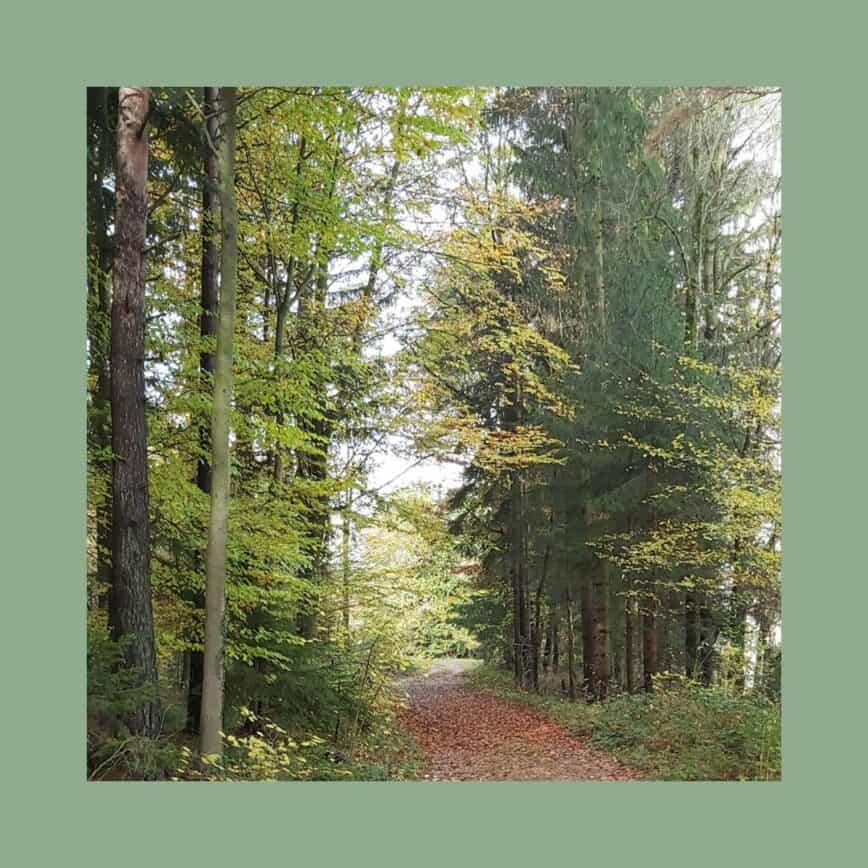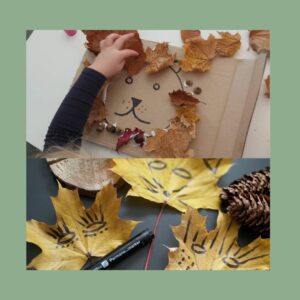
Introduction
Welcome, nature-loving families! Today, we are going on a delightful journey through the forest , not just to revel in the beauty of nature but to unlock the wonders of language learning.
What is our focus? Enriching your children’s vocabulary in either English or German (or any other language that you may be focussing on). So, lace up those hiking boots and let’s dive into the magic of language amidst the trees.
Setting the Scene
As you enter the woods, engage your children’s senses. Encourage them to describe what they see, hear, and feel. “Look at the tall trees! How would you say ‘tree’ in English or German?” (Tree – der Baum) This interactive start sets the stage for a bilingual adventure.
Path Treasures
Pause along the path to discover treasures – leaves, rocks, or even a pinecone. Teach the corresponding words in both languages. “This leaf is ‘Blatt’ in German and ‘leaf’ in English. Can you find more?” Encouraging repetition for reinforcement at all times.
Nature’s Music
Listen to the rustle of leaves, chirping birds, and babbling brooks. Introduce nature-related words like ‘bird’ and ‘stream’ in both languages. Create a game by mimicking bird calls or identifying different sounds.
Bird – der Vogel
Stream – der Bach
stones – die Steine
Here is a link to my Instagram page which shows various reels with relevant naure vocabulary.
Story Stones
Bring along story stones with images of animals, plants, or weather. Each stone becomes a language prompt. “Oh, a sun on the stone! In German, we say ‘die Sonne,’ and in English, it’s ‘sun.’ Can you find another stone?”
Picnic with a Twist
During the picnic, make it a language feast. Label snacks in both languages. “This apple is ‘die Äpfel’ in German and an ‘apple’ in English.” Turn every bite into a chance for language exploration. you can also do some eating games. Take two bites of your apple, take two blueberries out of the box, endless language learning fun.
Leafy Art

Collect fallen leaves and create art. Ask questions like, “How would you describe this leaf in English or German?” Encourage creativity and expression, turning the forest into a canvas for language learning.
crunchy – Knusperig
rustling – Rascheln
green – grün, red – rot, brown – braun, yellow – gelb
thorney – dornig
Closing Thoughts
As your forest language learning adventure session comes to an end, take a moment to reflect. Share your favorite discoveries and new words learned. This journey goes beyond the forest paths—it’s a gateway to a bilingual world filled with the richness of nature and language.
If you are looking for other ways of how to introduce language learning using nature and the great outdoors, check out my blog category Outdoor Learning for more inspirational ideas.
Happy language learning forest adventurers!


